Travelling With the Fujifilm
GFX System
Medium format mirrorless on the move
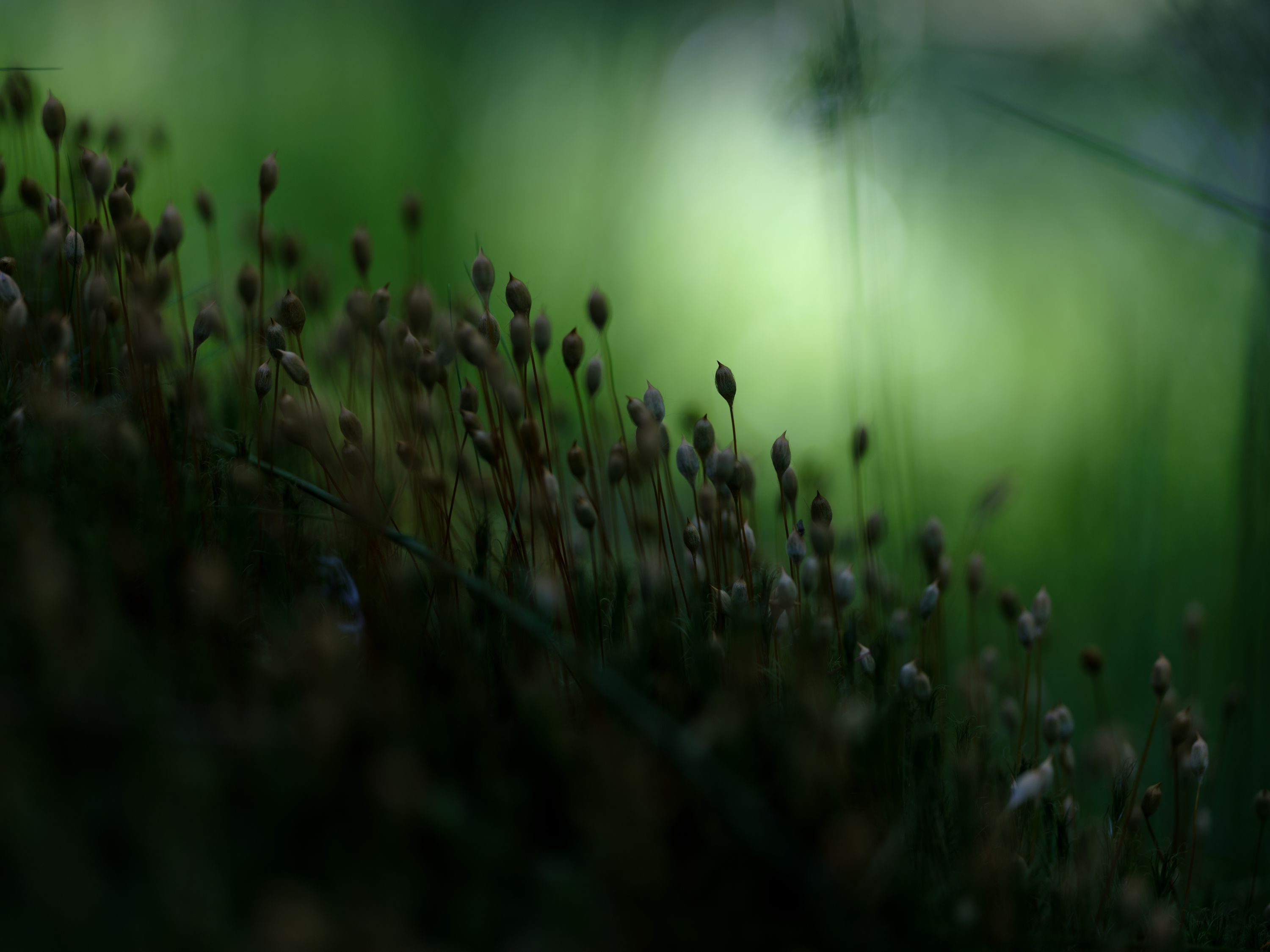
Here’s how to fall in love with Fujifilm’s G50S: slap the 110mm ƒ/2 prime on, find a model, go outside or in a well-lit studio, and shoot away.
Here’s how to fall out of love: carry the body and 3 lenses with you on a 5 hour hike up a mountain or otherwise try to use it the way you would use a typical mirrorless camera system.
I’ve done both of these things, which leaves me somewhere in the middle as far as my impressions are concerned. This was my first encounter with medium format, so I went into it without any preconceived notions of what this sort of tool can and cannot do, and unburdened by a need to justify an extravagant purchase.
I was free to simply experience it—a good thing and a bad thing, as I discovered. Quite frankly, I’m not qualified to review this camera in terms of how it fares in the medium format realm. What I can do is share my experience of using it as my only imaging tool during a two week trip to Romania, as someone who’s used to travelling with an X-Series setup, an Olympus setup, or—before that—a Canon full frame setup.
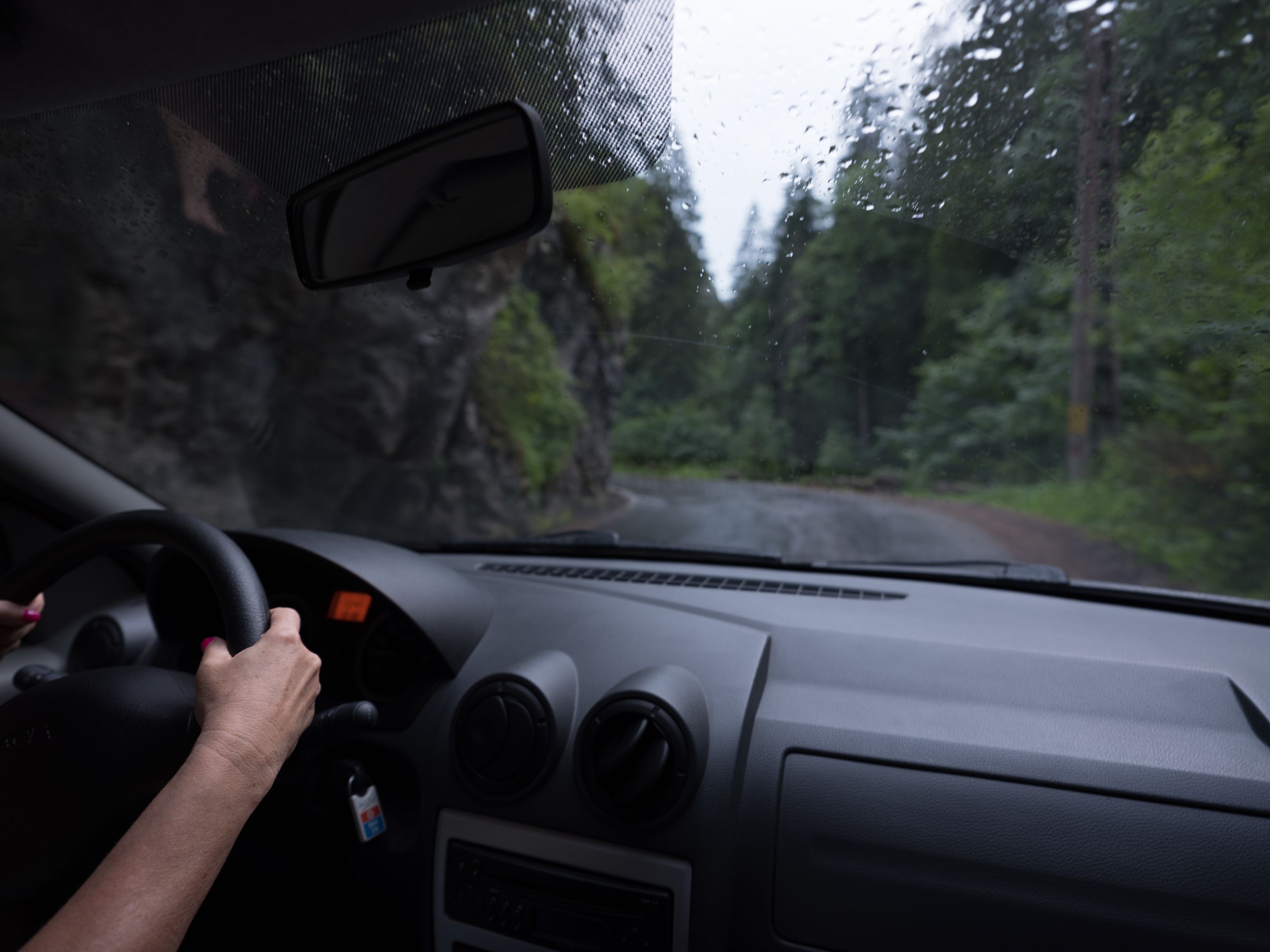
Image Quality
Let’s start with the easy stuff: the GFX 50S produces the best imaging output of any camera I’ve ever shot. Full stop.
Examining GFX files is like having Google Earth for your photos…you can keep zooming in, from outer space to your backyard, yelling “Enhance!” (No? Just me? Okay) and the shots keep revealing more detail.
 The full shot.
The full shot.
 A 1:1 detail view. Not only can you count the scales on my lizard buddy (lacerta viridis, I believe), you can also clearly see how thin the depth of field is, even from a distance.
A 1:1 detail view. Not only can you count the scales on my lizard buddy (lacerta viridis, I believe), you can also clearly see how thin the depth of field is, even from a distance.
Dynamic range is very impressive, but not mind-blowing if I’m being honest. I find the dynamic range on the X-Trans III bodies to be plenty for most cases, and while the GFX offers more leeway, it’s not so much more that it completely transforms my usage of the camera. Still, it’s great to have more margin for error and less need for bracketing.
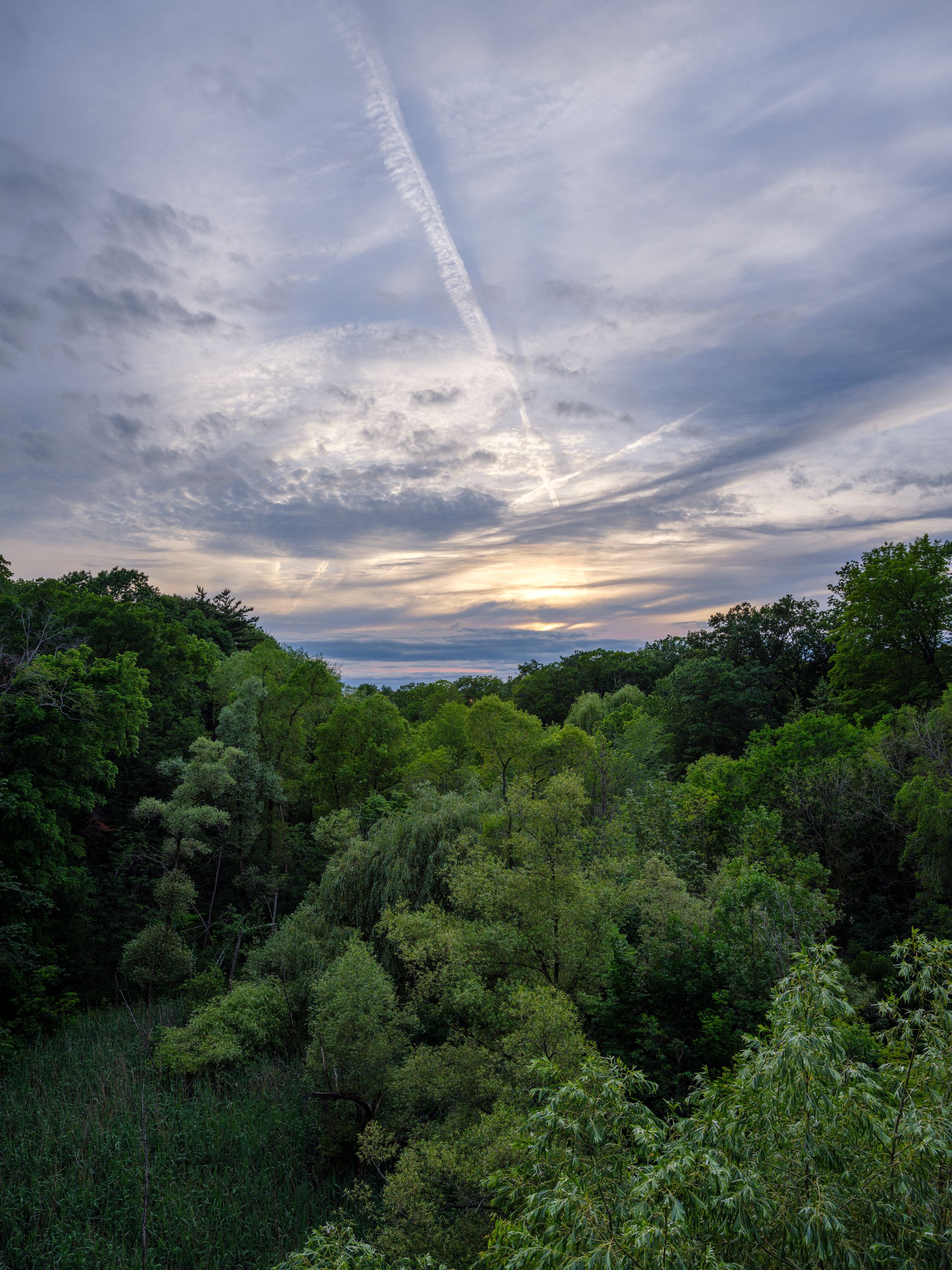
One of the features I was most curious about from the marketing materials was the Colour Chrome effect. My understanding is that it applies a sort of intelligent saturation boost to your film simulation of choice (kind of like the Vibrancy slider in Lightroom). I turned it on and more or less left it that way, shooting the camera with my usual collection of favourite film simulations: Pro Neg Hi, Classic Chrome, Astia, and Acros+R.
I felt much better after turning it off and on a few times because the effect is really only noticeable in certain shooting situations and is quite subtle. I won’t miss it, in other words—it’s nice to have, but not a game changer in any way. Still, it has a pleasant way of rounding out the various film simulation “looks” to make an image more tonally complete, without fundamentally changing its character.
Naturally, this has little relevance for those of us who work mostly with RAW images, but for cases where you’re using the JPGs it’s cool.
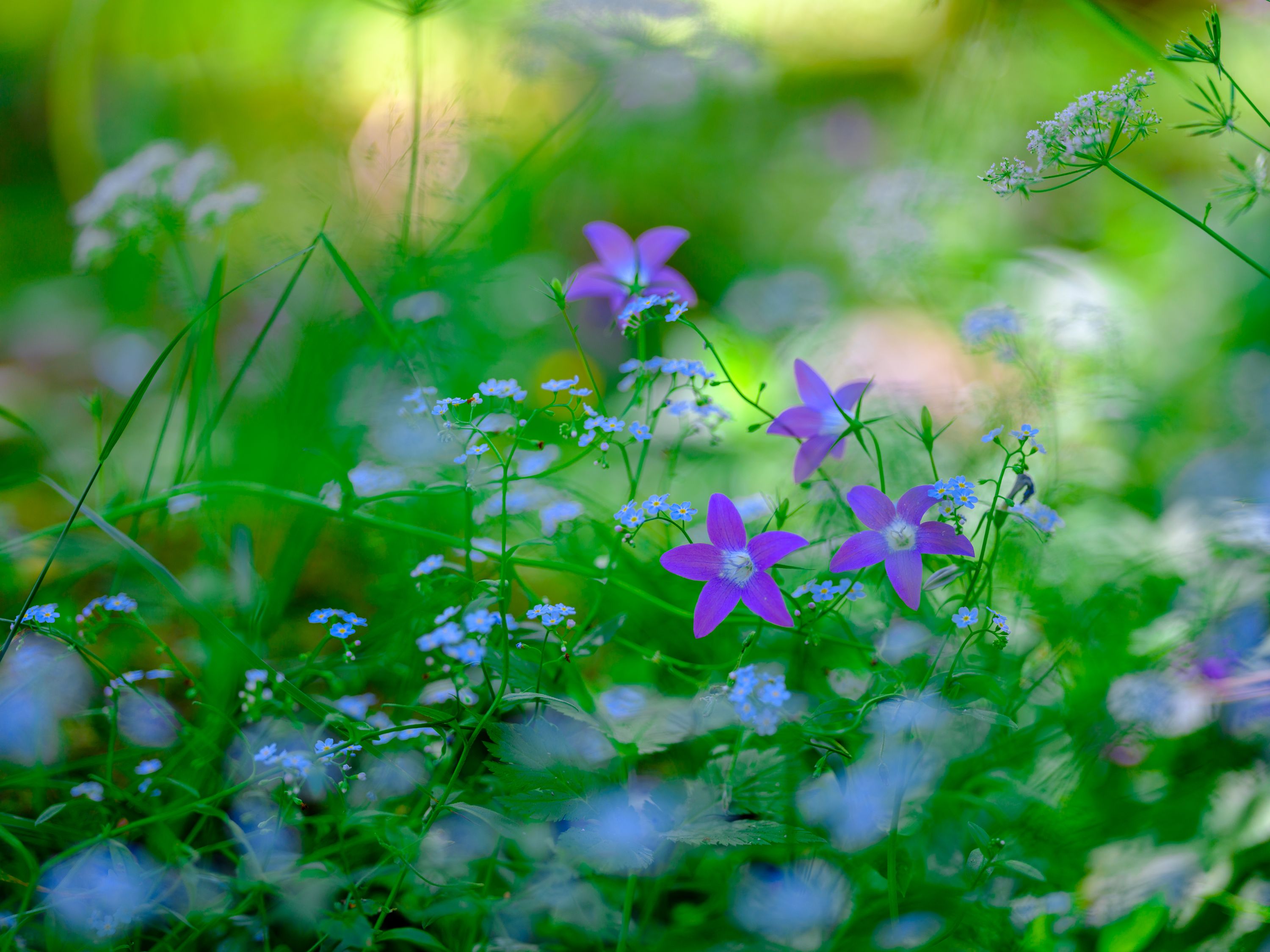
The return to a Bayer pixel array has benefits too: less processing hassle in Lightroom, more predictable results, and an easier approach to things like sharpening. Not that I needed to do much sharpening on files of this resolution.
Build and Handling
The 50S is not an attractive camera, I’m sorry to say. It looks like a pudgy X-T2 wearing a backpack. But it is functional, and more importantly it is familiar.
It handles with a degree of intuitiveness that makes it seem natural—like of course you can have a medium format camera that doesn’t handle like trying to drive a moon buggy with your elbows.
Photographers who’ve used any of Fujifilm’s other cameras will feel right at home with the control layout, particularly those coming from an X-T2. It has fewer dedicated dials, and the larger body means some things have moved to be more accessible. Things like the playback button and AF mode switch have migrated to the top of the little “backpack” area above the rear LCD, for instance. I’m alright with that.
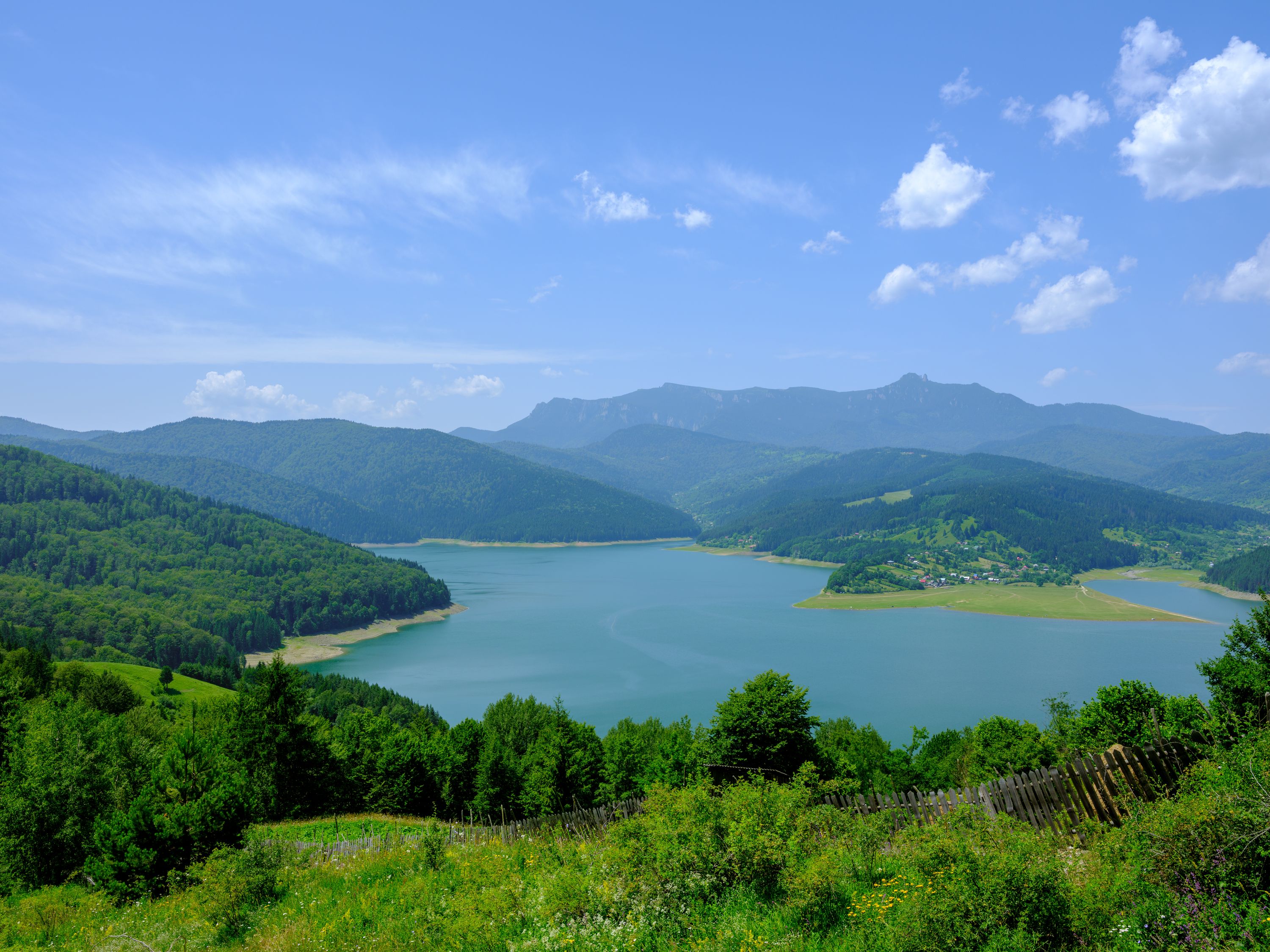
Setting aside weight for a moment, this familiar layout means that the camera does a good job of disappearing when in use. Getting to that point can be a hassle though…it’s bulky, so carrying it around (say, up a mountain) is unpleasant.
The quality of the output only partly offsets this, as there are situations where I wouldn’t be willing to take a GFX kit, but would happily have my E-M1 Mark II with me. The latter’s high-res mode doesn’t match the GFX by any means, but if the camera itself is with me in situations where the GFX wouldn’t be then I’m getting shots I wouldn’t have otherwise gotten.
If you’re wondering why I’m calling the GFX kit bulky when I’m used to lugging a DSLR around, it’s because the lenses tip the balance. The body itself is comparable to a pro DSLR, but the lenses are larger and heavier (as you’d expect them to be since there’s a larger sensor area for them to cover).
I’m not belabouring this point as though it were a deal-breaker, I just want to balance out some of the other reviews I’ve read where the system is described as portable. It’s portable in the sense that you can take it with you places, sure, but it’s still heavier than an equivalent full-frame DSLR kit.

In any event, once you’re shooting with it the GFX is wonderful to use. I really enjoyed the articulating viewfinder as it’s one of the best EVFs I’ve ever seen. It allows for accurate framing and exposure judgement even in bright sunlight.
Unfortunately, I didn’t get to use the camera in its comfort zone: the studio. I can easily see how it would shine in controlled settings, and imagining that helps me understand why so many people are so excited about this camera. It used to be that medium format was great in the studio but effectively impossible to use outside of that context, and the GFX system allows you to have that in-studio excellence and the ability to take it beyond that.
Okay, let’s talk about the lenses and look at more photos.
GF 110mm ƒ/2
I’d run out of superlatives before adequately describing the magic of the 110mm lens. It’s got a similar field of view to a full-frame 85mm, one of the classic portraiture focal lengths, and indeed it seems purpose-built for people shooting. I had a choice of shooting with this or the 120mm macro and decided to try the less-reviewed lens, even though I am a big fan of macro shooting.
What can I say…I chose correctly. This lens melts backgrounds, sculpts bodies and faces into magnificent works of art, and transforms landscapes into layered paintings. Yes, it’s heavy as balls and looks like an anti-tank weapon, so any notion of subtlety goes out the window, but with output like this who cares?
If there’s one lens that will sell this system, the 110mm is it.

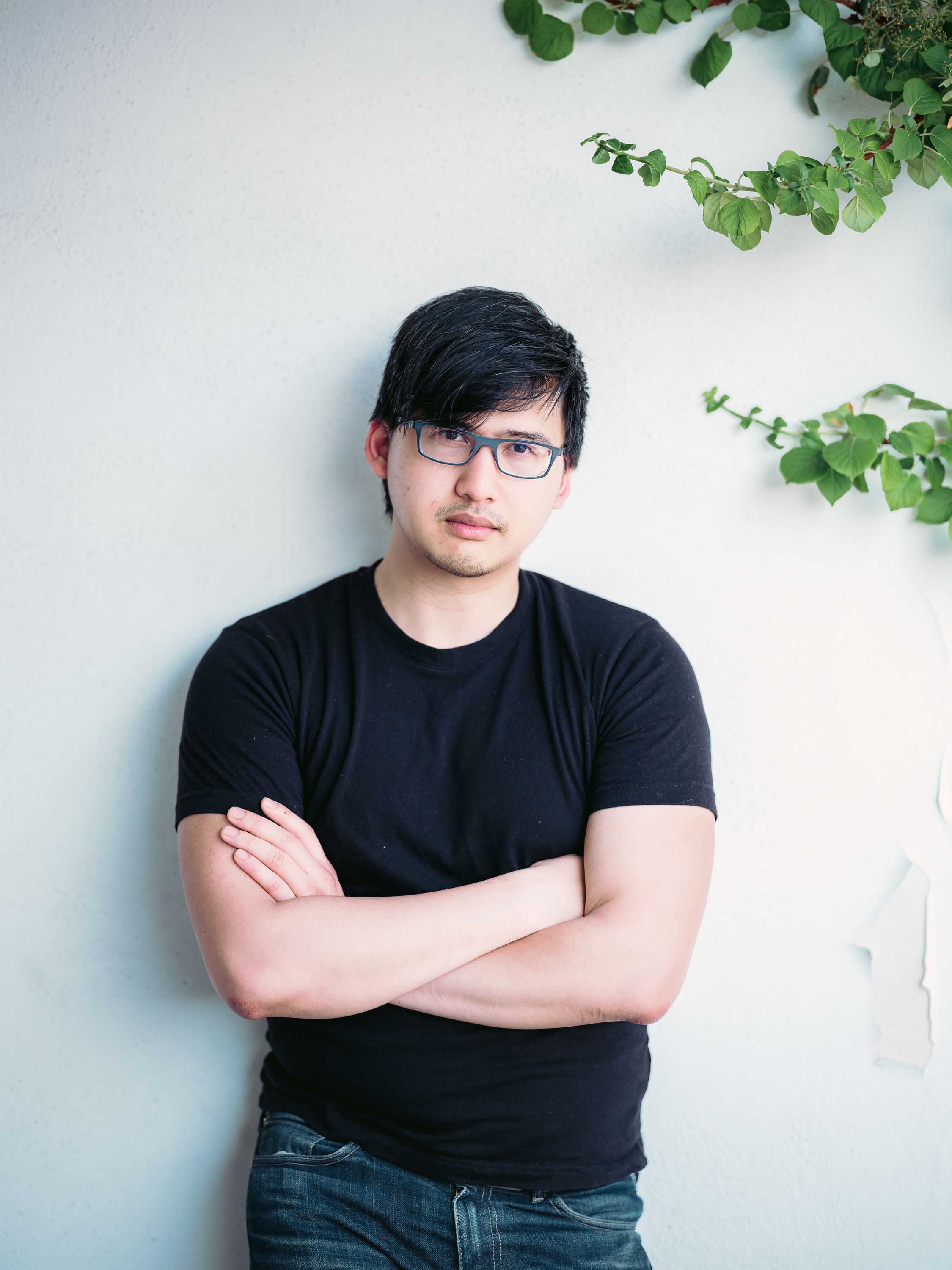
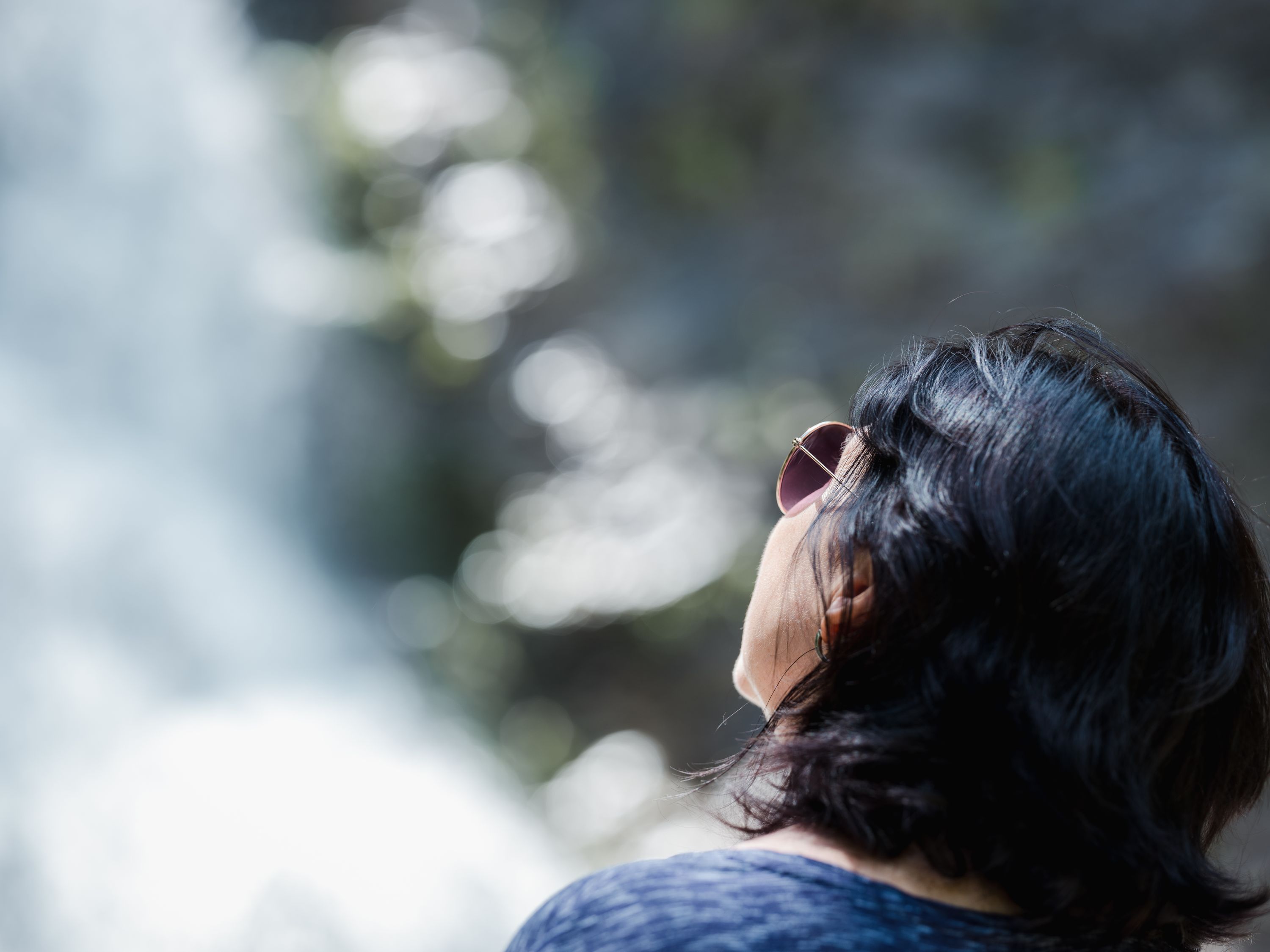

 This shot was edited in Affinity Photo for the iPad, in case anyone’s curious. My first-gen 12.9" iPad Pro managed to handle the 50MP GFX files surprisingly easily.
This shot was edited in Affinity Photo for the iPad, in case anyone’s curious. My first-gen 12.9" iPad Pro managed to handle the 50MP GFX files surprisingly easily.
GF 23mm ƒ/4
I’ve been gaining more and more appreciation for wide angle lenses. They’re more difficult to use since you have to be much more careful with your compositions, but I think it’s a challenge all photographers should undertake.
The GFX system currently offers one wide-angle prime, and I had it with me for the trip. The 23mm is very wide, but it’s impressively neutral. It exhibits very little of the weird edge stretching and other visual artifacts of wide angle lenses on smaller sensors.
The result is a tool that paints images with a sense of grandeur. Less “wide angle” and more “broad scope”.
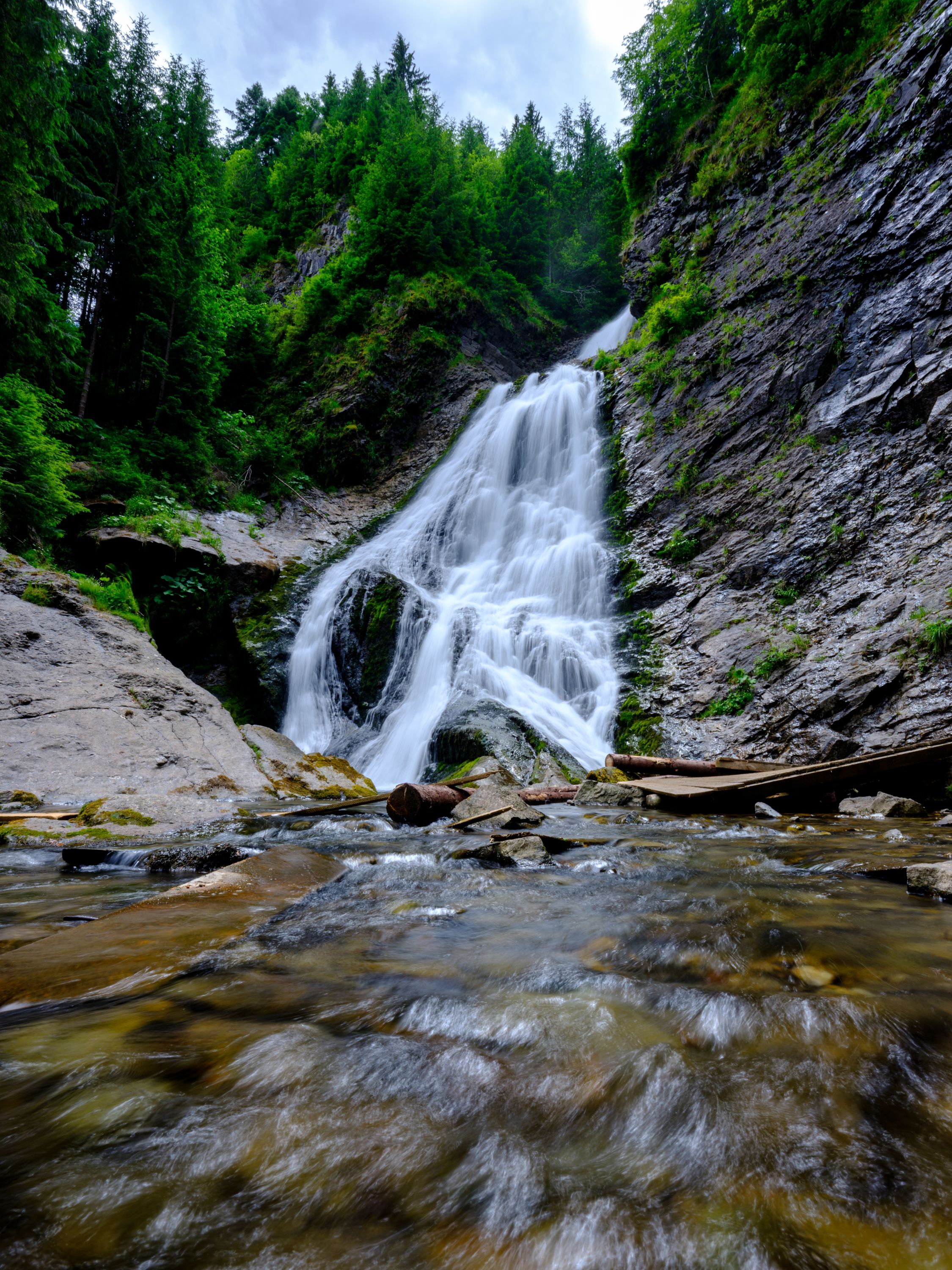
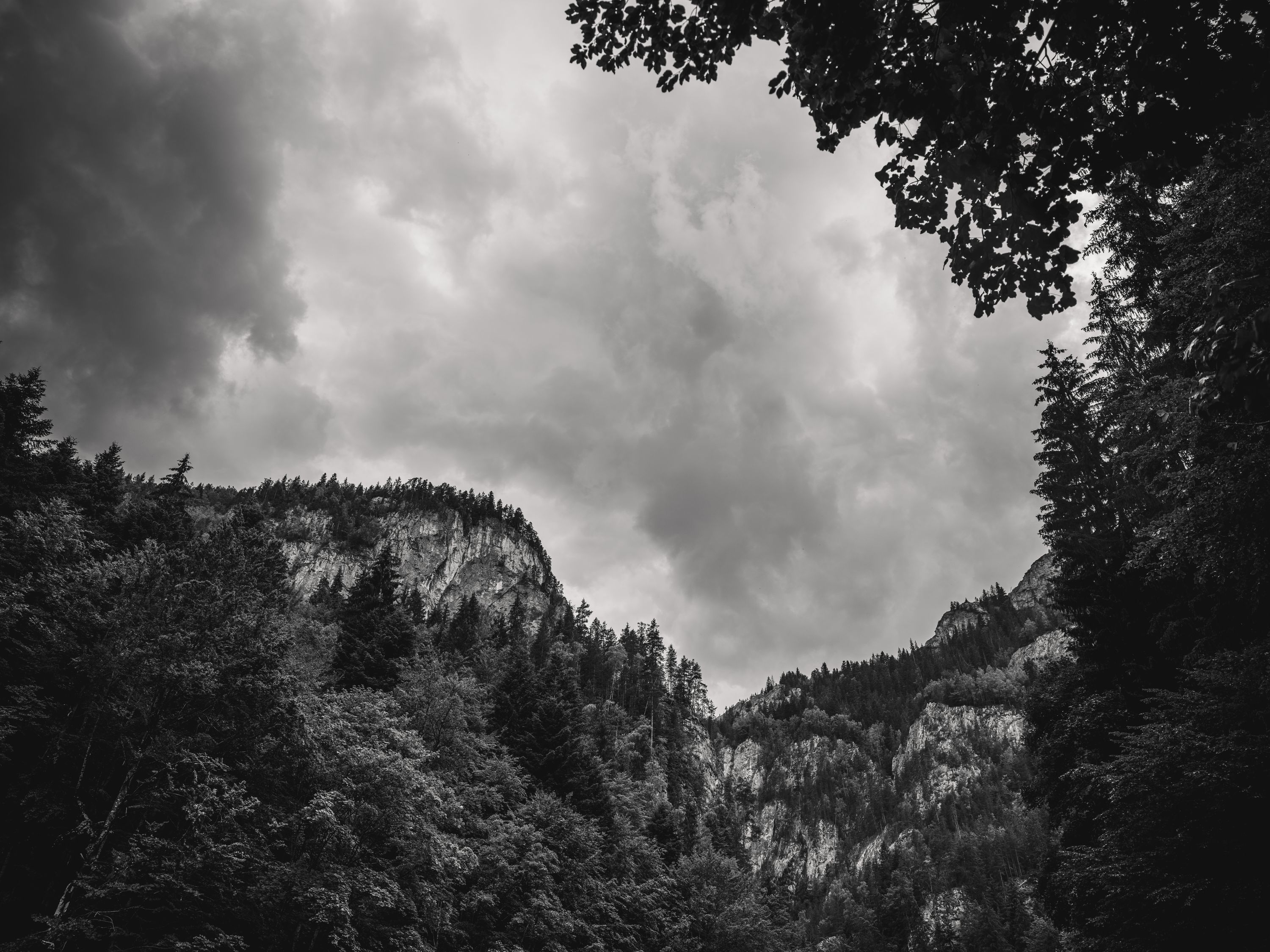
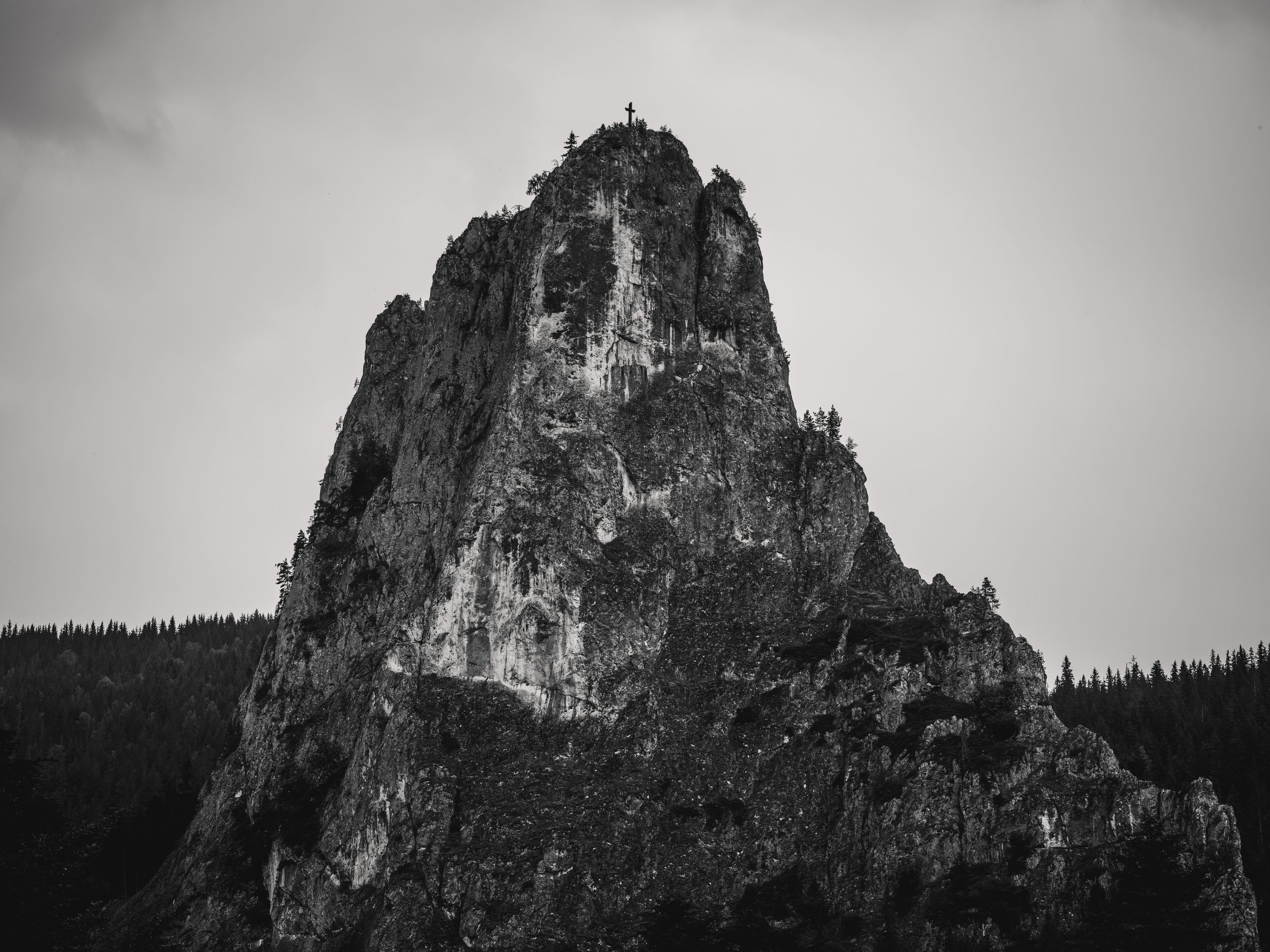
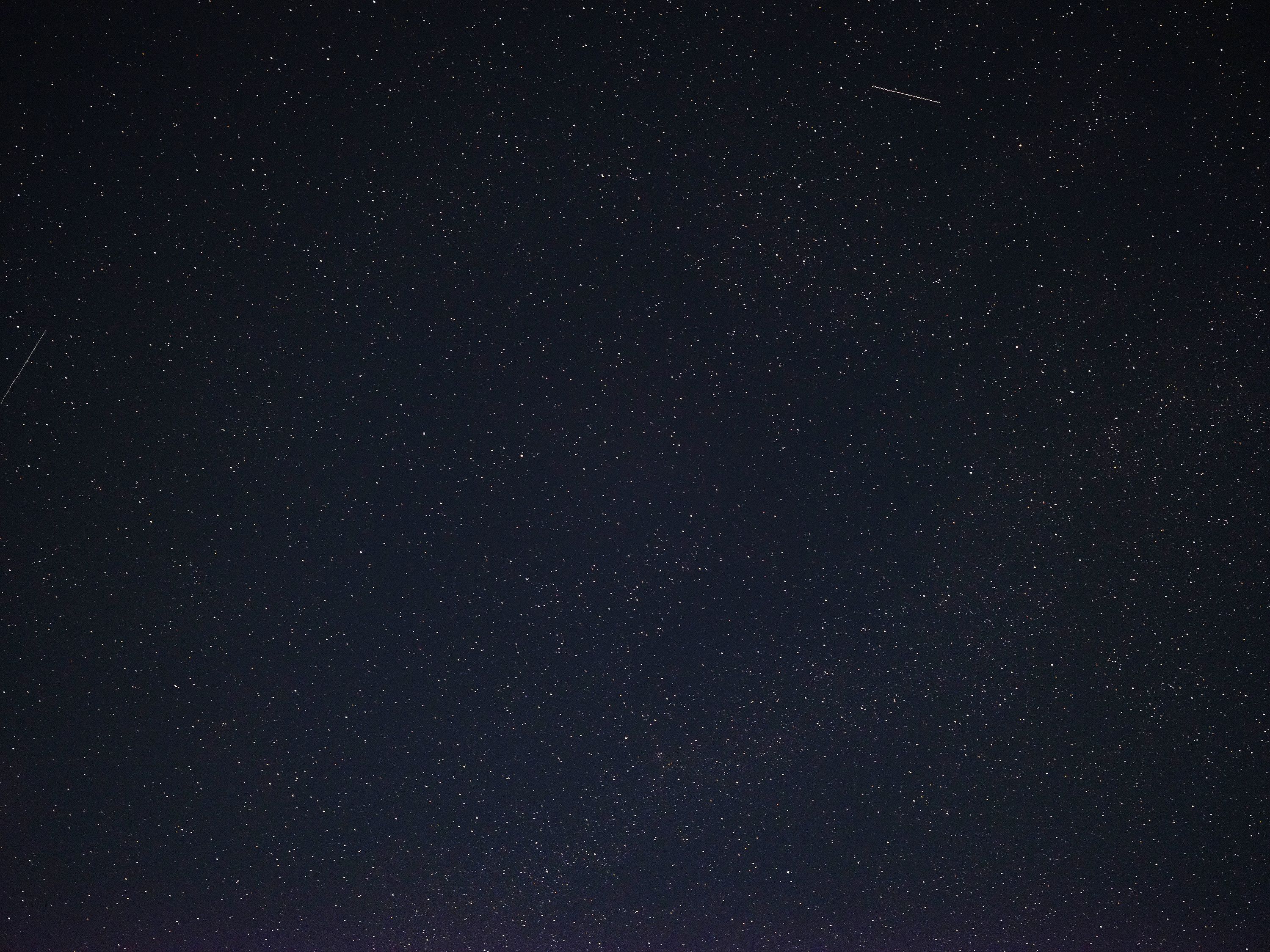 I took a stab at astrophotography with the 23mm too. Why not, right? Not an interesting shot, but man are there ever a lot of stars to look at when you view it 1:1.
I took a stab at astrophotography with the 23mm too. Why not, right? Not an interesting shot, but man are there ever a lot of stars to look at when you view it 1:1.
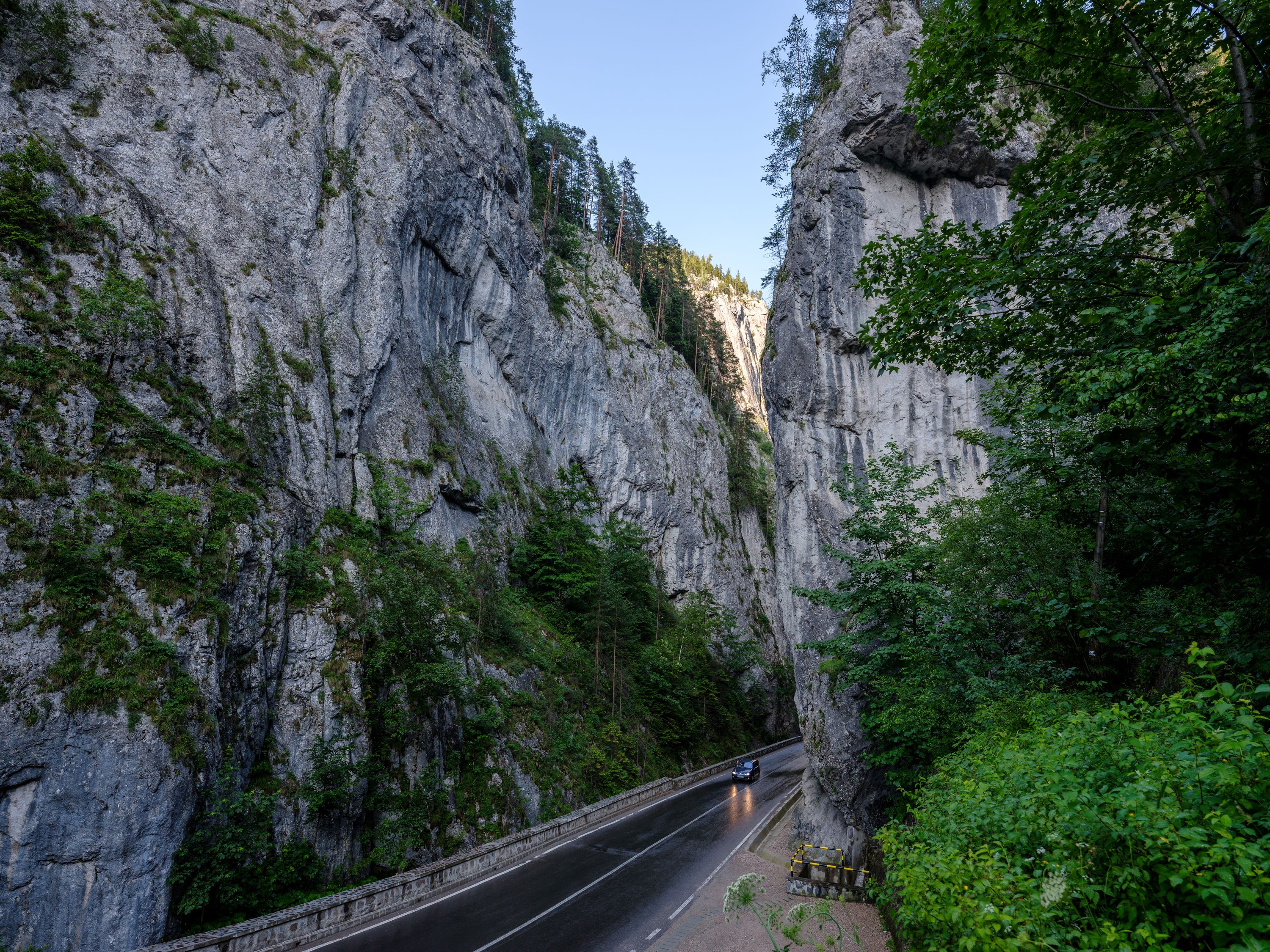
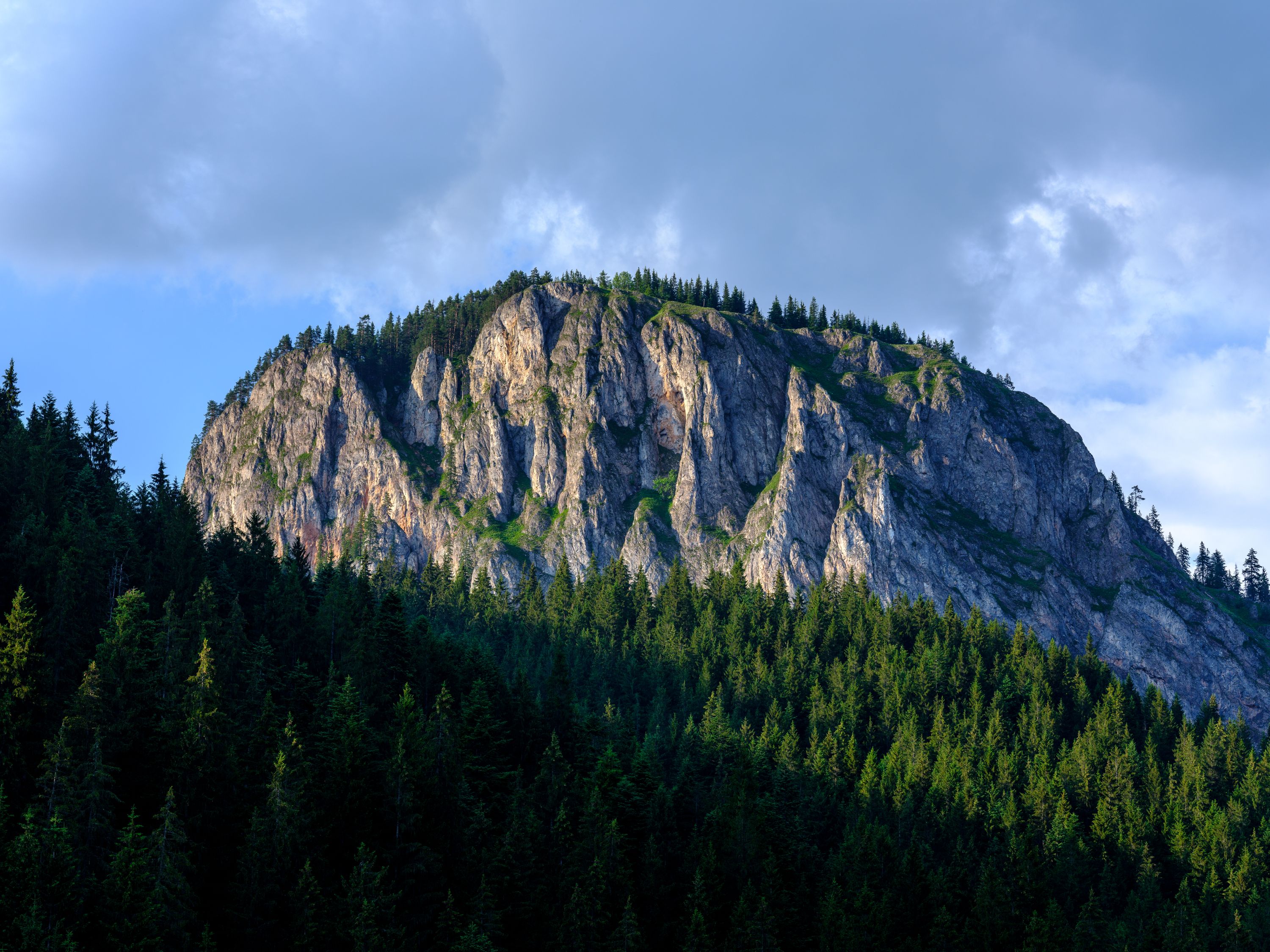
GF 32-64mm ƒ/4
Every system needs its multi-purpose zoom, and this is GFX’s.
Of the three lenses I was testing, this was definitely the least “interesting” or exciting. That feels unfair to say though, as it’s a supremely competent lens; reasonably sized, mechanically excellent, weather sealed, quick to focus, and featuring a useful zoom range that meant it stayed on the GFX 50S body more than either of the other two lenses.
Still, I got the fewest keepers from it. I’m generally not a fan of mid-range zooms as they encourage me to take snapshots rather than considered images, but that’s a failing on my part, not the lens’.

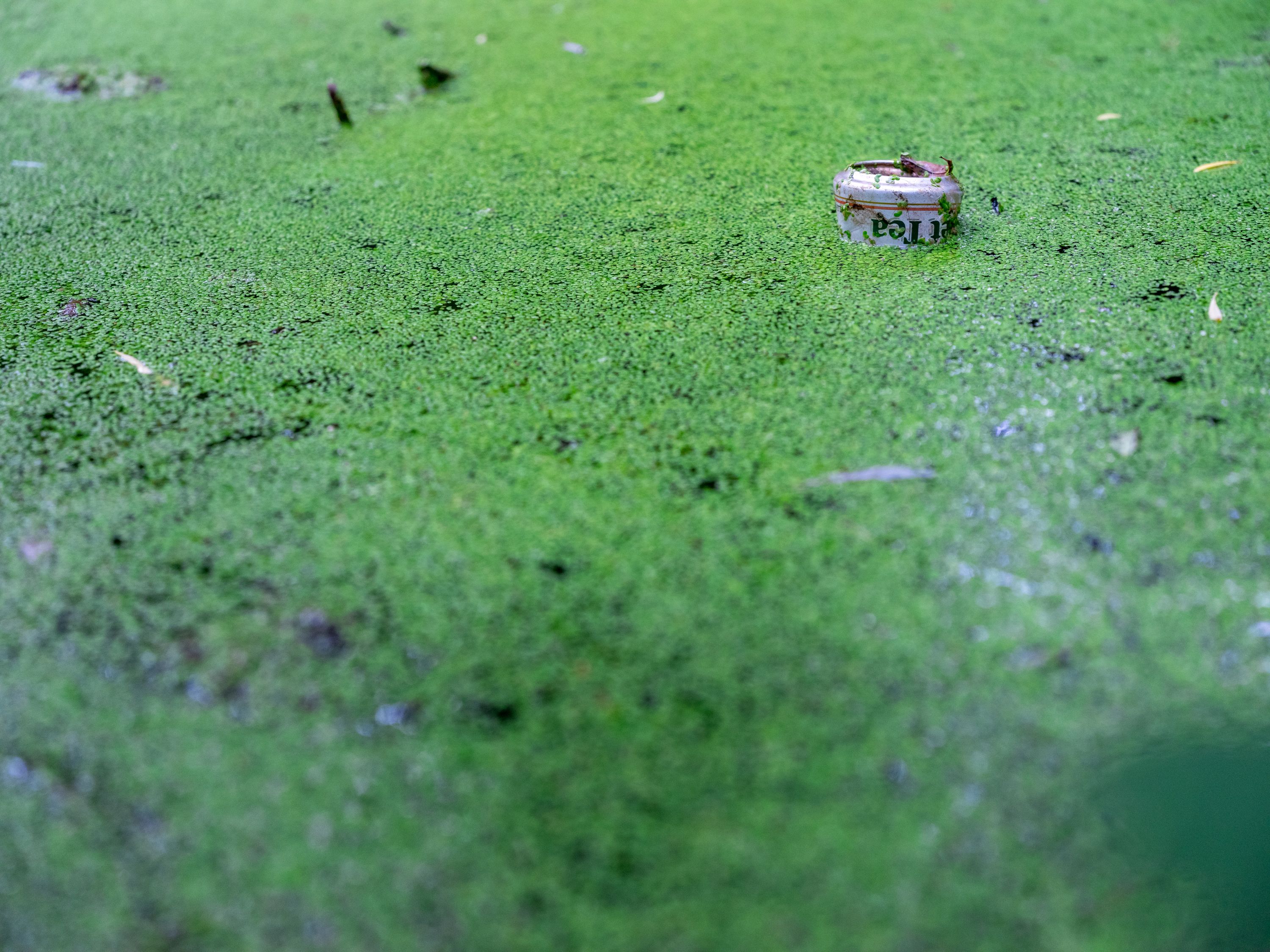
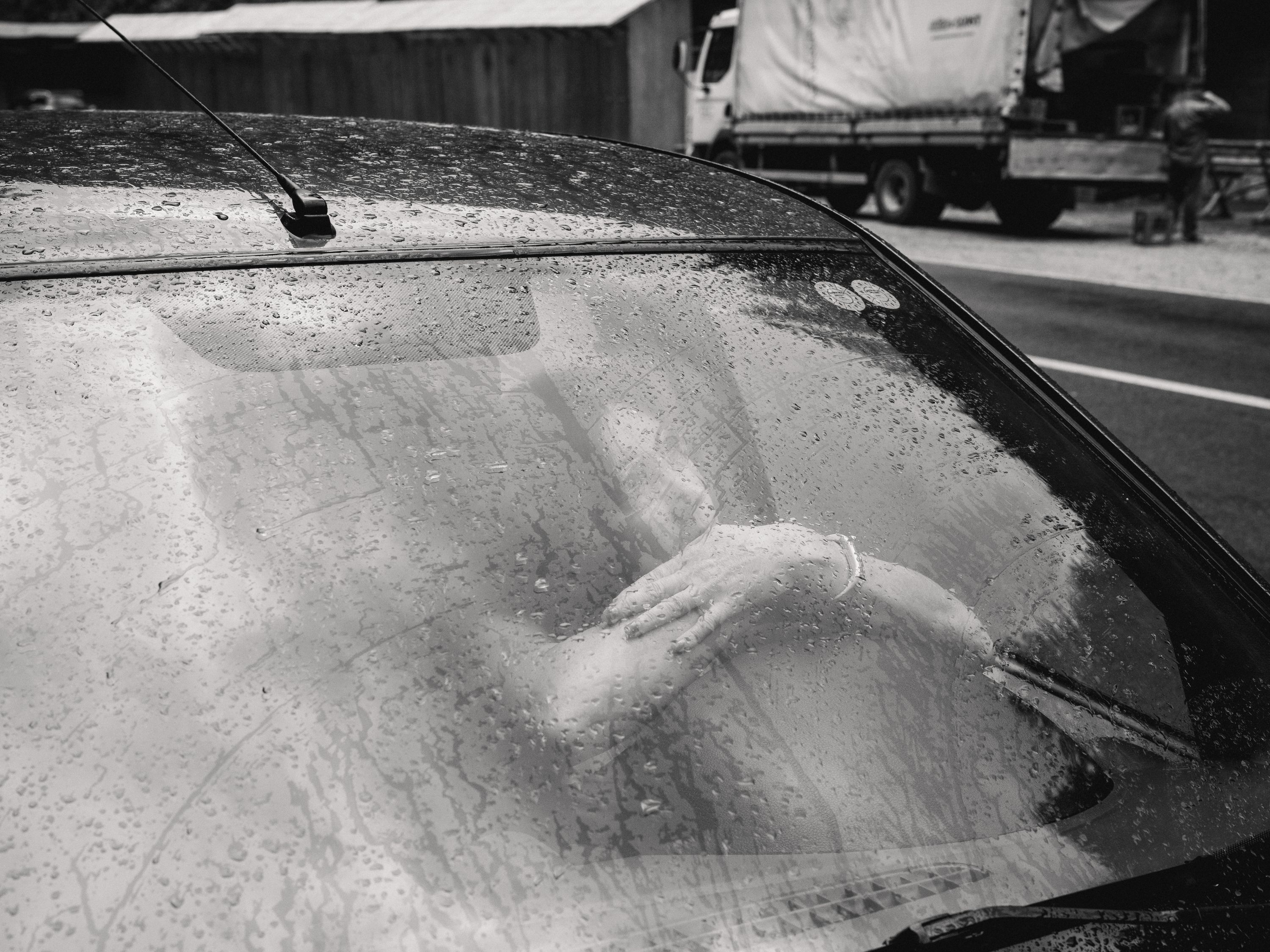
Medium Format Mirrorless
Shooting with the GFX 50S and its lenses was one of the most unique photographic experiences of my career.
It was a peek into a very different world, one I don’t really belong to. The air is thinner in the upper atmosphere of the Fujifilm ecosystem, and while the view is nice, it helped me appreciate my X Series gear even more. Shooting with the GFX didn’t change my photography, it just refined the output. But the output is refined beyond any reasonable need for me.
As much as I like shooting with the latest and greatest, I keep coming back to my gear mantra: the best tool isn’t always the best tool for the job. The best part of this is realizing that I’m no longer tempted by the GFX system. The things that it does better than my X Series gear are not the things that I’m looking for, so its advantages are largely lost on me.
But that realization has no bearing on my objective assessment of the GFX, which is that it’s a magnificent, powerful family of equipment for those whose needs are best met by a flexible medium format setup.
And Fujifilm is just getting started with it.